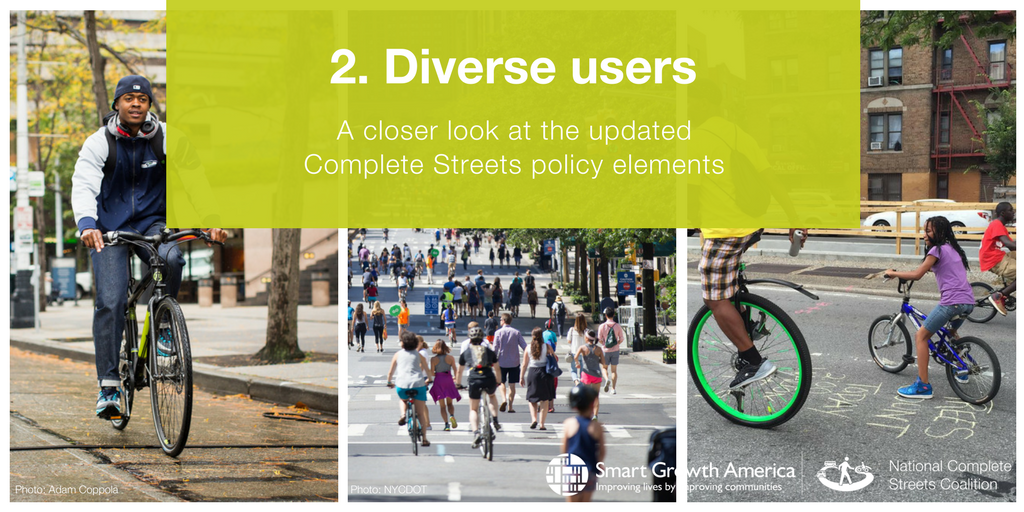 The National Association of Realtors (NAR) officially launched a new course offering at their mid-year meeting last week. “Smart Growth for the 21st Century” is designed to bring real estate professionals up to speed on the basics of smart growth – what it is, why home buyers want it, and how it can build their business. The four-hour course is now available to Realtors® associations nationwide.
The National Association of Realtors (NAR) officially launched a new course offering at their mid-year meeting last week. “Smart Growth for the 21st Century” is designed to bring real estate professionals up to speed on the basics of smart growth – what it is, why home buyers want it, and how it can build their business. The four-hour course is now available to Realtors® associations nationwide.
“Our Smart Growth Program Advisory Group asked us to create this tool to help our membership lead conversations about their communities’ futures,” explained Joe Molinaro, the Managing Director for Smart Growth and Housing Opportunity at NAR. “Realtors® are deeply rooted in and knowledgeable about the places where they live and work. They are in a position to make a strong case for smart growth.”
The course uses the ten smart growth principles to explain how different elements of community design and public policy work together to create the communities demanded by a growing market sector. The course also lays out economic arguments for smart growth and engages participants with opportunities to practice explaining and promoting smart growth approaches based on their community’s needs.
A recent NAR poll found that the majority of Americans define their ideal community as including a mix of houses, places to walk, and amenities within walking distance or a brief drive. These ideal communities included cities (preferred by 19 percent of respondents), mixed-use suburbs (28 percent), and small towns (18 percent). According to Mr. Molinaro, developing a national course that could address each of these contexts was a priority for the Advisory Group. Course instructors are trained to tailor the materials and exercises to the specific needs of different communities, using case studies and examples that are especially relevant to the hosts’ geography, community size and market conditions.
Robert Johnston, Vice President of the Anne Arundel County Association of Realtors in Maryland, attended the first training and said, “I really appreciated the balanced perspective. So many times those discussions are one sided, and not realistic. This course is really grounded in the realities of the market.” NAR also provides interested Realtor® associations with a list of instructors and an application to apply for an NAR Smart Growth Action Grant to help defray the course implementation costs.
For more information visit www.realtor.org.

 The
The 